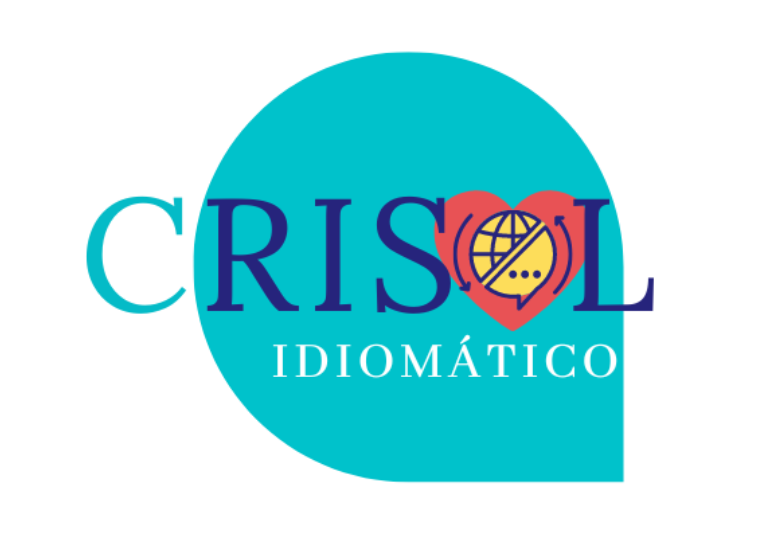Hello everyone today we’ll study the Comparative and Superlative Adjectives
Mastering Comparative and Superlative Adjectives: A Comprehensive Guide
Introduction: When it comes to describing things, places, or people, adjectives play a crucial role in adding depth and detail to our language. But did you know that adjectives also have their own unique forms to indicate degrees of comparison? In this guide, we’ll delve into the world of comparative and superlative adjectives, uncovering their meanings, rules, and usage. Whether you’re a language learner or just looking to refresh your grammar knowledge, this comprehensive exploration will leave you confident in using these adjectives effectively.
Understanding Comparative Adjectives: Comparative adjectives are like linguistic magnifying glasses, helping us compare two or more items. They’re the go-to tools when we want to highlight differences or similarities. Let’s take a look at the key rules and usage examples:
-
Forming Comparative Adjectives: Most one-syllable adjectives take the suffix “-er” (e.g., taller, faster), while longer adjectives add “more” before the adjective (e.g., more beautiful, more interesting).
-
Comparing Two Things: Use “than” after the comparative adjective to show the comparison (e.g., She is taller than him).
-
Comparing Many Things: For multiple comparisons, use “of” after the adjective (e.g., The fastest of all runners).
Navigating Superlative Adjectives: Superlative adjectives take things up a notch. They’re used when we want to emphasize the highest or lowest degree of something. Here’s what you need to know:
-
Forming Superlative Adjectives: Most one-syllable adjectives take the suffix “-est” (e.g., tallest, fastest), while longer adjectives use “most” before the adjective (e.g., most beautiful, most interesting).
-
Expressing the Ultimate: Superlatives are often used to highlight the highest or lowest degree in a group (e.g., That was the funniest movie I’ve ever seen).
Irregular Comparatives and Superlatives: Like many things in language, there are exceptions to the rules. Some adjectives have irregular comparative and superlative forms that don’t follow the standard pattern. Examples include good/better/best and bad/worse/worst.
Using Comparative and Superlative Adjectives in Context: Practical application is key to mastering any language skill. Here’s how to seamlessly integrate these adjectives into your everyday conversations:
-
Describing People: Compare people’s qualities using appropriate adjectives (e.g., She is the most creative person I know).
-
Discussing Places: Enhance your travel tales with vivid descriptions (e.g., The Eiffel Tower is taller than most buildings).
-
Rating Experiences: Share your thoughts on movies, books, or meals (e.g., That was the best pizza I’ve ever had).
Conclusion: Comparative and superlative adjectives are your linguistic tools for showcasing differences and emphasizing qualities. By understanding their forms and mastering their usage, you’re well on your way to adding depth and precision to your language skills. So go ahead, experiment with these adjectives, and watch your expressions become richer and more engaging.
Remember, practice makes perfect. As you embrace these adjectives, your language fluency will flourish, leading to more confident and articulate communication.
🔍 Ready to dive deeper into language nuances? Explore our language courses to enhance your skills and take your communication to the next level.
